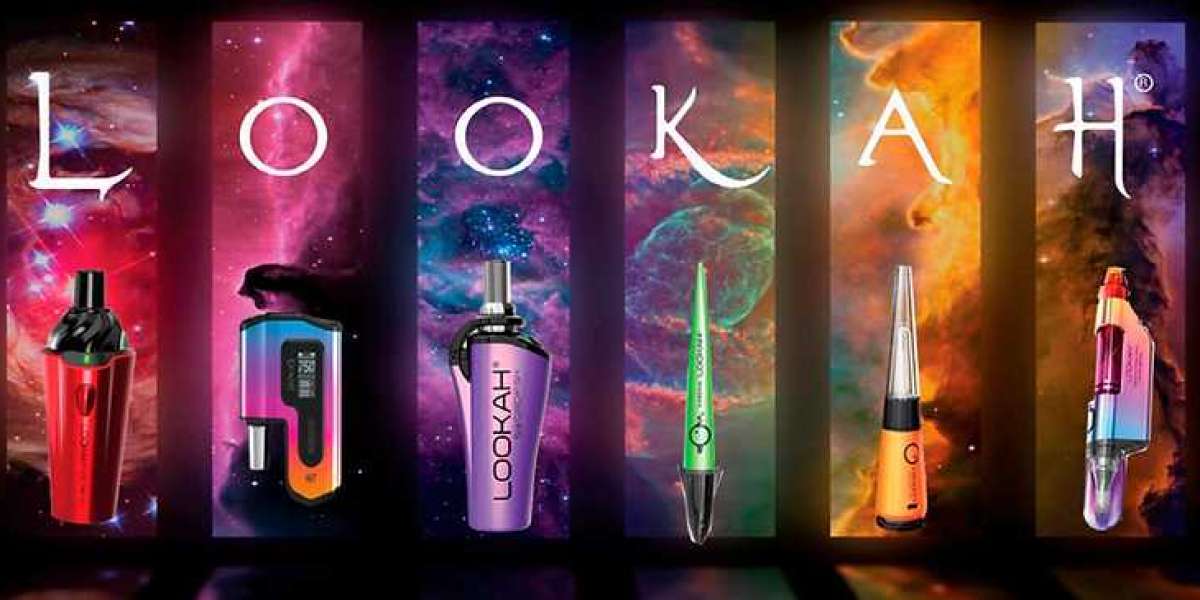Understanding the Current Landscape
The cannabis industry has seen unprecedented growth over the past decade, but the post-pandemic era presents new challenges. Economic downturns, supply chain disruptions and changing consumer preferences have all contributed to a more competitive and challenging environment. Brands must be agile and responsive to these changes to remain relevant.
Rising Costs and Shrinking Markets
One of the most pressing issues facing cannabis accessory brands is the rising cost of materials and production. As inflation affects various sectors, the cannabis industry is not immune. Brands must find ways to manage these costs while maintaining product quality. Additionally, the market for cannabis accessories has become increasingly saturated, leading to fierce competition and price wars.
Shifting Consumer Preferences
Consumer preferences are evolving, with many users seeking more efficient and discreet consumption methods. Products like and electric nectar collectors are gaining popularity due to their convenience and ease of use. Brands must stay attuned to these shifts and adapt their product offerings accordingly.
Strategies for Survival
1. Streamlining Operations
To combat rising costs, cannabis accessory brands should focus on streamlining their operations. This includes optimizing supply chain management, reducing waste and improving production efficiency. By identifying areas where costs can be cut without sacrificing quality, brands can maintain profitability even in a challenging market.
2. Diversifying Product Lines
Diversification is key to surviving in a competitive landscape. Brands should consider expanding their product offerings to include a wider range of accessories that cater to different consumer preferences. For instance, Lookah can enhance its lineup of glass dab rigs and to attract a broader audience.
3. Emphasizing Quality and Innovation
In a crowded market, quality and innovation can set a brand apart. Investing in research and development to create cutting-edge products can attract discerning customers. For example, Lookah can focus on developing advanced wax vaporizers with features like adjustable temperature settings and improved battery life.
4. Strengthening Online Presence
With the shift towards online shopping, having a robust online presence is crucial. Brands should invest in user-friendly websites and optimize them for search engines. An effective online platform allows consumers to easily browse and purchase products, increasing sales opportunities. Lookah's online smoke shop should prioritize a seamless shopping experience to attract and retain customers.
5. Leveraging Social Media Marketing
Social media is a powerful tool for engaging with consumers and building brand loyalty. Brands can utilize platforms like Instagram, Facebook and TikTok to showcase their products and connect with their audience. Highlighting unique features of products like electric nectar collectors can generate interest and drive sales.
6. Implementing Loyalty Programs
Customer retention is essential for long-term success. Implementing loyalty programs can incentivize repeat purchases and foster brand loyalty. Brands can offer discounts, exclusive products, or early access to new releases for loyal customers. This approach not only boosts sales but also creates a sense of community around the brand.
7. Collaborating with Influencers
Influencer marketing can significantly enhance brand visibility and credibility. Collaborating with influencers who resonate with the cannabis community can help brands reach new audiences. Lookah can partner with well-known figures in the cannabis space to promote products like dab nails and glass dab rigs, leveraging their followers to drive traffic to the online smoke shop.
8. Focusing on Customer Education
Educating consumers about product usage and benefits can lead to increased sales. Brands can create informative content, such as blog posts, videos and tutorials, to help customers understand the advantages of products like wax vaporizers and . By positioning themselves as industry experts, brands can build trust and encourage purchases.
9. Offering Bundled Products
Bundling products can create perceived value and encourage customers to make larger purchases. For example, Lookah can offer bundles that include a wax vaporizer, dab nail and a selection of concentrates at a discounted price. This strategy not only increases the average order value but also introduces customers to complementary products.
10. Monitoring Market Trends
Staying informed about market trends and consumer preferences is essential for adapting product offerings and marketing strategies. Brands should conduct regular market research to identify emerging trends and adjust their strategies accordingly. This proactive approach can help brands stay ahead of the competition and meet consumer demands.
Conclusion















